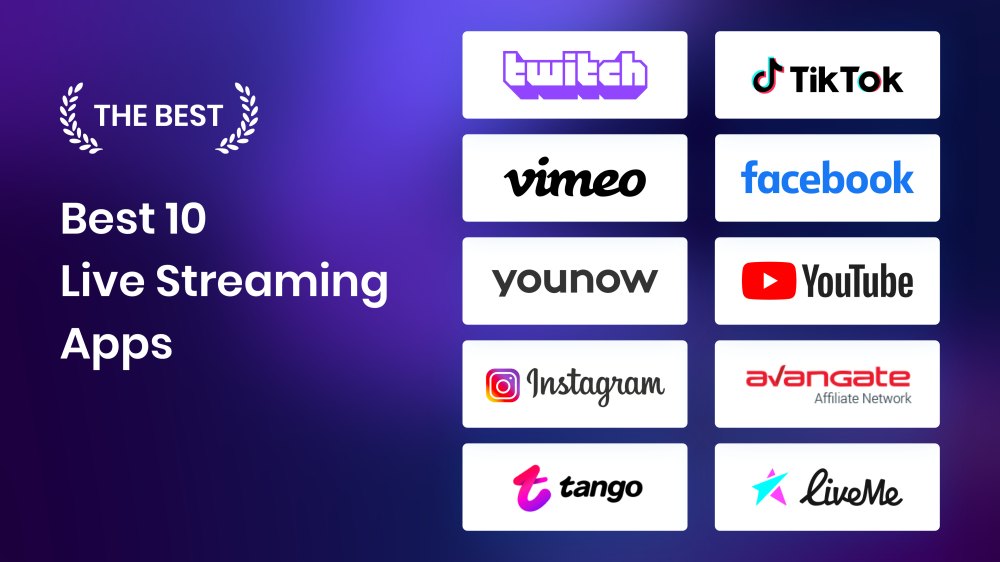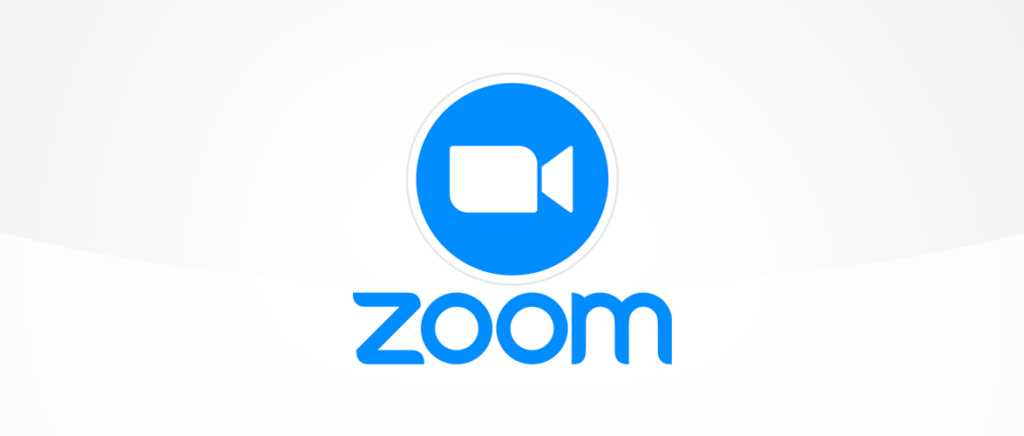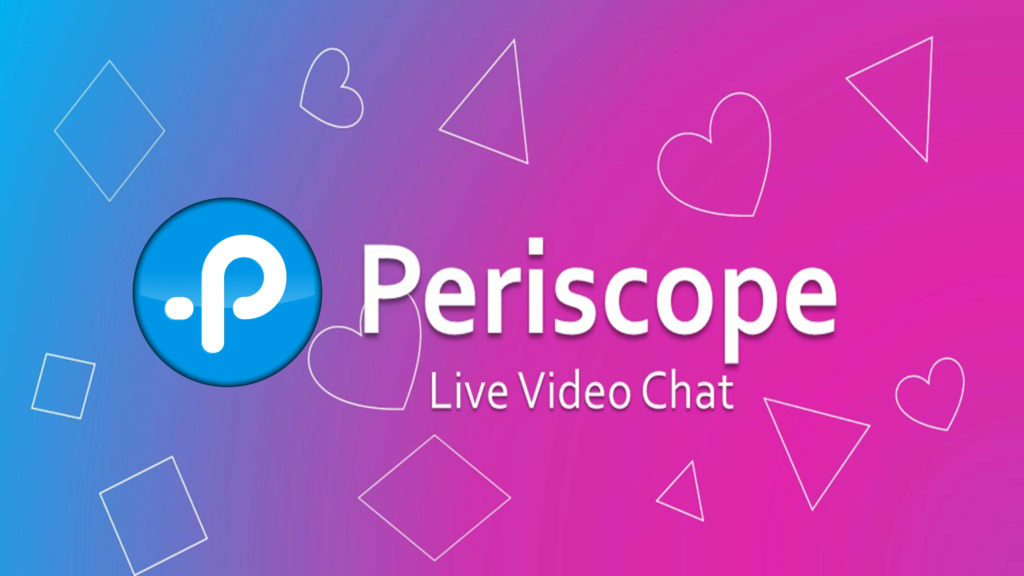Introduction to Live Streaming
Live streaming has become an integral part of modern digital communication. With the ability to broadcast in real-time, individuals and organizations can reach audiences worldwide instantly. Whether for entertainment, education, business, or personal expression, live streaming has transformed the way content is consumed. This article will explore the Best Live Streaming Platforms in 2024, offering a detailed comparison to help you choose the platform that suits your needs.

Criteria for Choosing a Live Streaming Platform
When selecting a live streaming platform, several factors come into play:
- User Interface: A platform’s usability affects both the streamer’s and viewer’s experience.
- Video Quality: High-definition streaming is critical for professional content delivery.
- Cost: Free versus paid platforms can make a significant difference for businesses and individuals.
- Scalability and Audience Reach: The ability to reach large audiences without compromising quality is essential.
Top 10 Live Streaming Platforms for 2024
This section highlights the leading platforms for live streaming in 2024, outlining their key features and ideal use cases.
YouTube Live

YouTube Live continues to dominate the live streaming landscape due to its massive user base and integration with Google services. It’s ideal for content creators, educators, and businesses looking to leverage the platform’s vast audience. Key features include:
- Monetization options like ads, Super Chat, and memberships.
- Audience engagement tools like live chat and polls.
- Integration with Google AdSense for seamless monetization.
Twitch

Twitch, originally catering to gamers, has now expanded to various types of live streams, including music, talk shows, and creative content. It’s especially popular due to:
- Subscriber and donations system, allowing streamers to earn directly from viewers.
- An affiliate program for upcoming streamers.
- A robust community-building feature with chat and interactive tools.
Facebook Live

With over two billion active users, Facebook Live is integrated with the world’s largest social media platform. It’s perfect for businesses looking to leverage social media to build engagement. Facebook Live offers:
- Easy integration with Facebook Pages and Groups for community engagement.
- Analytics features to track performance and viewer interaction.
- Business-oriented tools such as advertising and sponsored streams.
Vimeo

Vimeo is known for its professional-quality video hosting, making it ideal for businesses, filmmakers, and creative professionals. Some standout features include:
- Custom branding options to personalize your live streams.
- Monetization through pay-per-view and subscription models.
- High-quality video resolution and privacy controls.
LinkedIn Live

LinkedIn Live is the go-to platform for professional content creators and businesses. Its focus is on professional networking, making it perfect for webinars, company announcements, and industry talks. Key features include:
- Integration with LinkedIn’s professional network for increased visibility.
- Webinar tools to engage your audience with Q&A and polls.
- Focus on building a professional audience with insights and analytics.
DLive

DLive operates on blockchain technology and offers a decentralized approach to live streaming. It’s popular for its reward-based system, which allows users to earn cryptocurrency. Features include:
- A reward system that benefits both creators and viewers.
- No platform fees, allowing creators to keep 100% of their earnings.
- Growing popularity among content creators.
Instagram Live

Instagram Live is a mobile-first platform known for its ease of use and high engagement. It’s best for influencers, brands, and personal content. The key features include:
- Real-time engagement through comments and likes.
- Mobile-friendly interface with seamless integration into Instagram Stories.
- Ideal for personal branding and influencer marketing.
Zoom

Zoom has emerged as one of the best platforms for webinars, meetings, and large-scale live events. It’s particularly useful for businesses and educational institutions. Notable features include:
- Collaboration tools like screen sharing and breakout rooms.
- Scalability, supporting up to thousands of participants.
- Ideal for corporate events and webinars.
Periscope

Although no longer available as a standalone app, Periscope’s integration with Twitter remains a simple and effective tool for live streaming. It’s perfect for those who want to reach their Twitter audience with live content. Features include:
- Easy integration with Twitter, allowing for live tweeting and interaction.
- Simplicity and ease of use for new streamers.
- Real-time audience feedback via comments and hearts.
Features Comparison of Live Streaming Platforms
| Platform | Video Quality | Monetization | Audience Engagement |
|---|---|---|---|
| YouTube Live | Up to 4K | Ads, Super Chat | Chat, Polls |
| Twitch | 1080p | Subscriptions, Donations | Chat, Emotes |
| Facebook Live | 1080p | Sponsored Streams | Comments, Reactions |
| Vimeo | 4K | Pay-per-view | Customizable |
| LinkedIn Live | 1080p | N/A | Polls, Q&A |
| DLive | 1080p | Cryptocurrency Rewards | Chat |
| Instagram Live | 720p | N/A | Likes, Comments |
| Zoom | 1080p | Subscription | Q&A, Breakout Rooms |
Monetization Opportunities in Live Streaming
One of the most significant benefits of live streaming, especially for content creators, is the potential for monetization. Each platform offers unique ways for creators to earn revenue based on their audience size, engagement, and content type. Below are the common monetization methods across the Best Live Streaming Platforms:
- Advertisements: Platforms like YouTube Live and Facebook Live allow creators to run ads during their streams. These ads can be pre-roll, mid-roll, or banner ads, with creators earning a percentage of the ad revenue.
- Subscriptions: Twitch, YouTube Live, and platforms like DLive offer subscription models. Viewers can subscribe to their favorite creators for a monthly fee, often unlocking perks such as exclusive content, badges, or ad-free viewing.
- Donations and Tips: Many platforms, including Twitch, YouTube Live, and DLive, enable viewers to support streamers directly through donations. On Twitch, for example, viewers can use “Bits,” a virtual currency, to tip creators. DLive rewards both viewers and creators with cryptocurrency.
- Pay-per-view: Vimeo and other professional-grade platforms offer the ability to charge viewers for access to live streams, ideal for webinars, concerts, or exclusive events.
- Sponsored Streams: Creators with large followings may secure sponsorship deals. For example, businesses may pay creators to promote products during their live streams on Facebook Live, YouTube Live, or Instagram Live.
Monetization opportunities vary depending on the platform’s user base, features, and policies. Creators should explore the options that align best with their content and audience.
Live Streaming for Different Industries
Live streaming has extended beyond gaming and entertainment, finding its way into various industries. Here are a few key sectors utilizing live streaming:
- Gaming: Twitch remains the top platform for gamers, but YouTube Live and Facebook Gaming are also competitive options. Streamers engage viewers with real-time gameplay, commentary, and interactive elements like chat.
- Education: Live streaming has revolutionized education, offering platforms like Zoom, Vimeo, and LinkedIn Live for virtual classrooms, workshops, and webinars. Educators can engage students worldwide through interactive Q&A sessions and virtual lessons.
- Business: Companies are increasingly using platforms like LinkedIn Live, Zoom, and YouTube Live to host product launches, webinars, and virtual events. Live streaming allows businesses to reach a broader audience, especially for B2B marketing and professional networking.
- Entertainment: Artists, musicians, and performers use live streaming to connect with fans globally. Platforms like Instagram Live and Facebook Live are popular for impromptu performances, while Vimeo and YouTube Live offer professional-grade tools for concerts and special events.
How to Get Started with Live Streaming
Starting your live streaming journey is simpler than ever, thanks to the variety of platforms and tools available. Here’s a step-by-step guide to get you started:
- Choose the Right Platform: The first step is to select a platform that aligns with your content type and audience. For example, if you’re a gamer, Twitch or YouTube Live may be ideal. For professional webinars, consider Zoom or LinkedIn Live.
- Technical Requirements: Ensure you have the necessary equipment, including a high-quality camera, microphone, and a stable internet connection. Many platforms also offer built-in encoding tools, but for professional-quality streams, you might consider using third-party software like OBS Studio or Streamlabs.
- Content Planning: Decide on the content of your live stream. Whether it’s gameplay, a Q&A session, a webinar, or a product demo, having a clear structure helps engage your audience. Plan how you will interact with your viewers—whether through live chat, polls, or Q&A sessions.
- Engagement Strategies: Live streaming is inherently interactive, so plan ways to engage with your viewers in real-time. Responding to comments, running live polls, or encouraging questions can boost audience interaction and retention.
- Promotion: Promote your live stream in advance to build anticipation. Use your social media platforms, email lists, and any existing audience to ensure you have a strong turnout.
- Post-Stream Analysis: After your live stream, review the analytics provided by the platform. Metrics such as viewership, engagement, and audience retention can help you improve future streams.
Challenges in Live Streaming
While live streaming offers tremendous opportunities, it also comes with a unique set of challenges:
- Bandwidth and Technical Issues: The quality of a live stream is heavily dependent on a reliable internet connection. Poor bandwidth can result in lag, buffering, or disconnections, leading to a negative viewer experience. It’s essential to test your internet speed and streaming setup before going live.
- Audience Engagement: Maintaining high engagement during a live stream can be difficult, especially with larger audiences. Streamers must balance content delivery with real-time interaction, ensuring viewers feel involved in the experience.
- Content Saturation and Competition: As live streaming becomes more popular, the competition for viewers’ attention is increasing. Streamers must find ways to differentiate their content and build a loyal audience amidst a saturated market.
- Technical Know-how: While most platforms offer user-friendly interfaces, mastering more advanced features like encoding software, multi-camera setups, or integrations with external tools can be challenging for beginners.
Future Trends in Live Streaming
The future of live streaming looks promising, with several technological advancements set to enhance the experience:
- Virtual Reality and 360° Streaming: VR and 360° video are becoming more prevalent in live streaming, offering immersive experiences for viewers. Platforms like YouTube Live and Facebook Live already support 360° streaming, and as VR headsets become more affordable, this trend is expected to grow.
- AI and Machine Learning: Artificial intelligence is being integrated into live streaming platforms to enhance content discovery, moderation, and even personalized viewer recommendations. AI-powered tools can also help streamers analyze audience behavior and optimize their streams in real-time.
- Low Latency Streaming: Reducing the delay between the live broadcast and what viewers see is a priority for platforms. Twitch and YouTube Live are already making strides in low-latency streaming, enabling faster interaction between streamers and viewers.
- Increased Monetization Options: As the live streaming economy grows, platforms are expected to introduce new monetization features, such as microtransactions, paywalls, and enhanced subscription models, giving creators more ways to generate revenue.
Conclusion
Live streaming is a dynamic and rapidly evolving space with limitless potential for content creators, businesses, educators, and entertainers. Whether you’re looking to broadcast a gaming session, host a virtual seminar, or engage with a global audience, there’s a platform out there tailored to your needs. The Best Live Streaming Platforms for 2024, such as YouTube Live, Twitch, Facebook Live, and Vimeo, offer various features and monetization options to help you succeed in your live streaming journey.
Take the time to choose the right platform, plan your content, and engage with your audience to ensure your live streams are a success. With new technologies like VR and AI on the horizon, the future of live streaming promises even more exciting opportunities.
follow for more www.techbulletin.in
FAQ
1. What is the best live streaming platform for beginners?
For beginners, YouTube Live and Facebook Live are user-friendly and offer a broad audience reach. Both platforms provide simple tools to get started with minimal setup.
2. How can I monetize my live streams?
You can monetize live streams through ads, subscriptions, donations, pay-per-view events, and sponsored content, depending on the platform you choose.
3. Do I need special equipment for live streaming?
While you can start with a basic webcam and microphone, professional-grade equipment, such as an HD camera and external microphone, can enhance the quality of your streams.
4. What are the best live streaming platforms for businesses?
Zoom, LinkedIn Live, and Vimeo are excellent platforms for businesses, offering features like webinars, virtual meetings, and professional-quality streaming with analytics.
5. How can I increase engagement during my live stream?
To increase engagement, interact with your viewers through live chat, polls, Q&A sessions, and responding to comments in real-time.
6. What are the future trends in live streaming?
Future trends include the integration of virtual reality, AI-powered tools for stream optimization, and enhanced monetization options like microtransactions and paywalls.

